Ouch! You Burnt Your Tongue. Here’s Exactly What to Do Next.
I think we’ve all been there. That first, glorious bite of pizza or that desperate first sip of coffee… followed by instant regret. You’ve just scorched your tongue, and now you’re facing days of everything tasting weird and feeling like you’re eating sandpaper.
In this article
While it feels like a simple, clumsy mistake, knowing exactly what to do can honestly make a huge difference. It’s not just about getting rid of the pain faster; it’s about helping your mouth heal properly so you can get back to enjoying your food. So, let’s walk through the practical steps to soothe that burn, manage the healing process, and, most importantly, know when it’s time to call a pro.
So, What Actually Happened to Your Tongue?
To fix the problem, it helps to know what you’re dealing with. Your tongue isn’t just a muscle; its surface is covered in tiny little bumps called papillae. These are what hold your taste buds. When you scald your tongue, you’re basically giving these super-delicate structures a first-degree burn.

This is the most common kind of tongue burn. It damages the top layer, leading to redness, some swelling, and that all-too-familiar stinging pain. The nerve endings get frazzled and hypersensitive, which is why even lukewarm water can feel agonizing afterward.
The good news? The cells on your tongue are healing superstars. They have an incredibly fast turnover rate, with the whole surface replacing itself every couple of weeks. Our job is just to create the best environment for that natural healing to happen without a hitch.
Immediate First Aid: The First 30 Minutes Matter Most
What you do right away can dramatically change how the next few days feel. Your goal is to cool the tissue down to stop the heat from doing any more damage.
Step 1: Cool It Down (The Right Way)
Your first instinct might be to grab an ice cube. Please don’t! Applying ice directly is way too harsh for the delicate tissue on your tongue and can actually cause more damage by restricting blood flow. It’s like getting a tiny bit of frostbite on top of your burn.

Instead, do this:
- Sip Cool Water: Grab a glass of cool—not ice-cold—water. Hold a sip in your mouth for 15 seconds, letting it gently wash over your tongue before swallowing. Keep doing this for a few minutes.
- Try Cool Milk or Yogurt: If you have some, cool milk is even better. The fats and proteins create a soothing, temporary film over the irritated area. A spoonful of plain, unsweetened yogurt does the same thing and feels amazing.
- Grab a Popsicle: A frozen fruit bar or ice pop is another great choice. It provides slow, gentle cooling. Just a heads-up: try to avoid anything really acidic, like lemon or orange flavors, which will definitely sting.
Step 2: Check the Damage
After you’ve cooled things down, take a quick look in the mirror. You need to know what you’re up against.
- First-Degree Burn: Your tongue looks red, a bit swollen, and it hurts. This is the classic pizza burn and you can almost always handle it at home.
- Second-Degree Burn: Now you’re seeing blisters. The pain is usually more intense. While some minor second-degree burns can be watched at home, it’s a smart idea to get it checked by a doctor or dentist.
- Third-Degree Burn: This is a true medical emergency. The tissue might look white, blackened, or charred. Oddly, it might not hurt much because the nerves are damaged. If you see this, go to an emergency room immediately.
And let’s be clear: home care is only for those minor, first-degree burns. You need to see a professional right away if you have blisters, the pain is unbearable, you have trouble swallowing, or the burn was caused by something other than hot food, like a chemical or steam.

The Next Few Days: Your Healing Game Plan
Once you’ve done the initial first aid, your focus shifts to keeping your mouth clean and managing the discomfort. The mouth is a warm, wet place full of bacteria, so you have to be a little proactive to avoid any issues.
Helpful Rinses for Pain and Cleanliness
Gently rinsing your mouth a few times a day, especially after eating, is a fantastic way to prevent infection and soothe the tissue.
- The Classic Saltwater Rinse: This is the gold standard for a reason. Salt is a gentle, natural antiseptic. To prepare it, just mix 1/4 teaspoon of salt (non-iodized, like sea salt, is best) into an 8-ounce glass of lukewarm water. Swish it gently for 30 seconds and spit it out.
- Baking Soda Rinse: A good alternative if salt stings. Mix 1/2 teaspoon of baking soda in 8 ounces of lukewarm water. It helps neutralize acids in your mouth and feels very gentle.
Quick tip: Avoid mouthwashes that contain alcohol! They will sting like crazy and dry out your mouth, which can actually slow down the healing process. Stick to salt or baking soda for a few days.
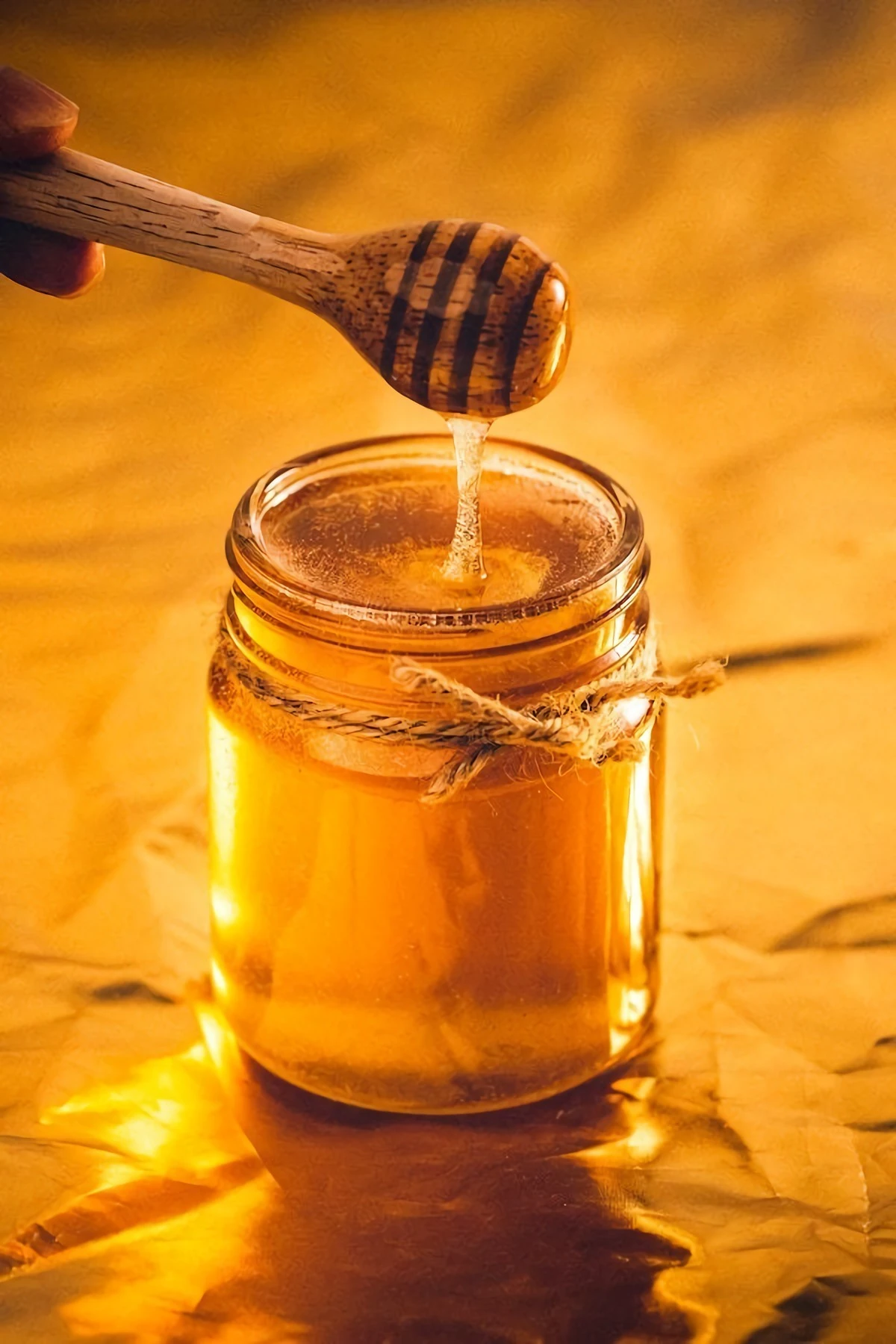
What to Put On It (and What to Avoid)
A few things can provide some direct, topical relief.
- Honey: A small, pea-sized dab of honey on the burnt spot can work wonders. It has natural antibacterial properties and creates a protective barrier. Fancy medical-grade or Manuka honey is great, but honestly? No problem if you don’t have it. A dab of regular pasteurized honey from your pantry still provides a soothing coat. (Just a critical safety note: never give honey to a baby under one year old).
- Oral Anesthetic Gels: So what about products like Orajel or Anbesol? Yes, they can provide temporary, numbing relief. They’re available at any pharmacy for about $6-$10. However, they can also numb your taste buds and you don’t want to overuse them. They’re best for getting through a particularly painful moment, not for constant application.
Pain Relief from the Pharmacy
For that persistent, throbbing pain, an over-the-counter pain reliever is your friend.

- For Pain & Swelling: Ibuprofen (Advil, Motrin) is often the best choice because it’s an anti-inflammatory. It tackles both the pain and the swelling that’s making your tongue feel thick and clumsy.
- For Pain Only: Acetaminophen (Tylenol) is a great pain reliever if you don’t have much swelling.
You can find either for around $5-$10 at a pharmacy or grocery store. Just be sure to follow the dosage on the package.
Your Healing Diet: What to Eat & What to Avoid
For the next few days, think of your food as medicine. The right foods will nourish you without causing more pain, while the wrong ones will set your healing back. I’ll make this super simple.
Foods That Soothe (Your New Best Friends)
Think soft, cool, and bland. Your goal is to minimize irritation.
- Smoothies, protein shakes, and milkshakes
- Yogurt, cottage cheese, and pudding
- Applesauce and mashed bananas
- Lukewarm oatmeal or cream of wheat
- Cool scrambled eggs
- Jell-O
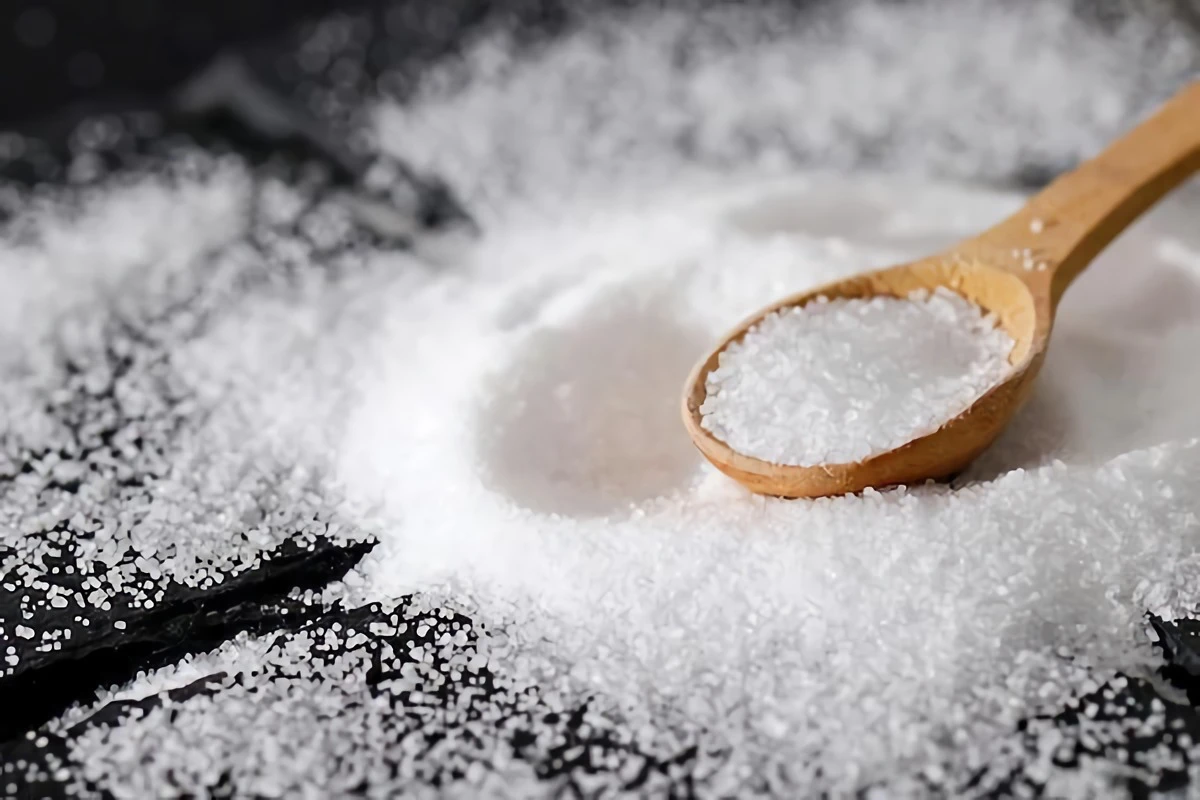
Foods That Harm (Your Enemies for a Week)
Avoiding these is just as important as eating the right stuff.
- Anything hot. Obvious, but critical. Don’t re-burn the burn!
- Crunchy or sharp foods. Chips, crackers, crusty bread, and nuts will feel like torture.
- Spicy foods. Anything with chili or hot sauce is a definite no.
- Acidic foods. Stay away from tomatoes, citrus fruits (oranges, lemons), and anything with a lot of vinegar.
- Alcohol and tobacco. Both are major irritants that will absolutely delay healing. Try to avoid them for a few days.
A Few More Tips From Experience
What if I get a blister? Whatever you do, do NOT pop it. That blister is a natural, sterile bandage protecting the new skin growing underneath. Popping it opens the door to infection. It will go away on its own.
My taste is gone! It’s super common for food to taste bland or metallic after a burn. This is temporary! As your taste buds heal over the next week or two, your sense of taste will come back. Be patient.
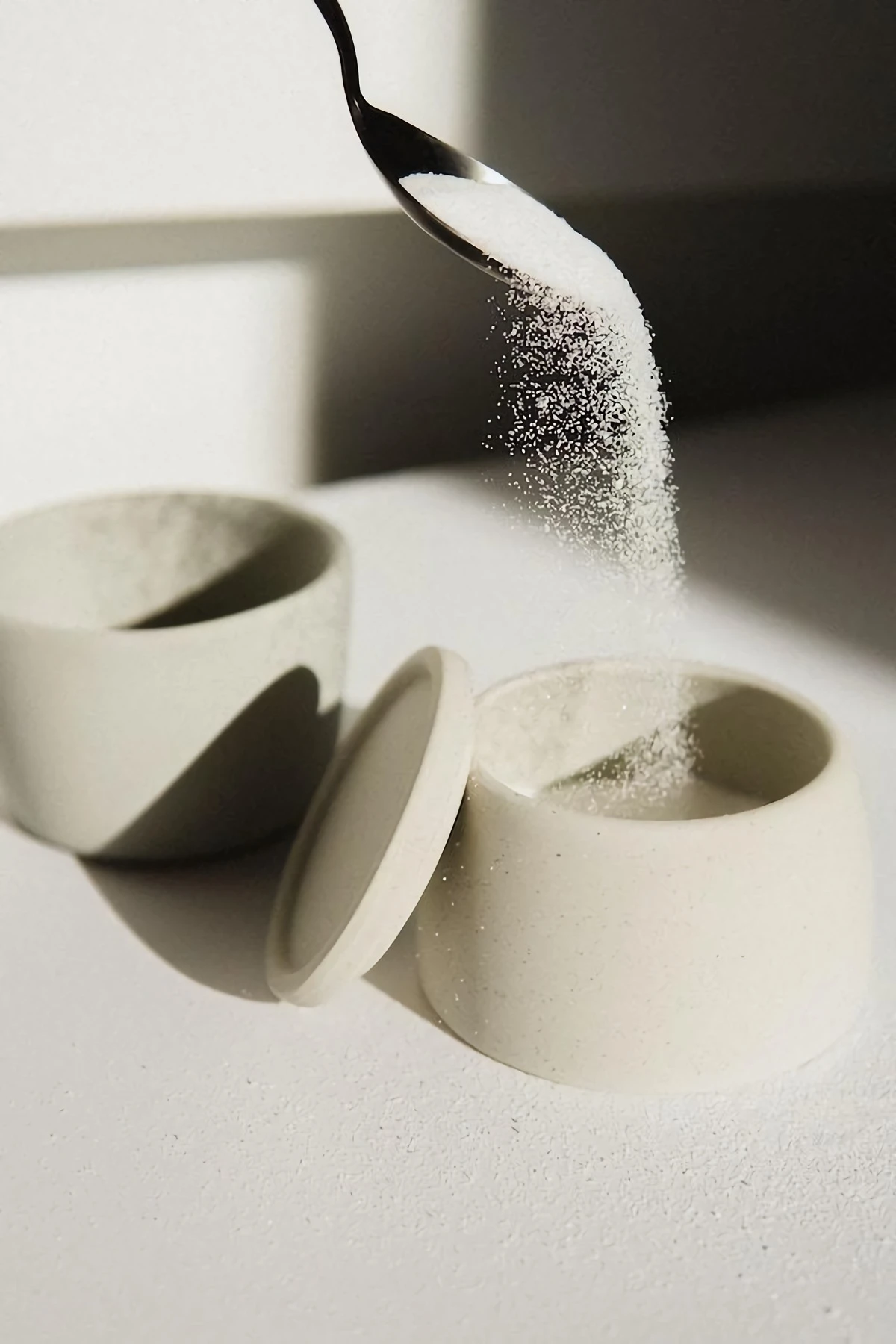
Should I still brush my tongue? Good question. You should definitely keep brushing your teeth, but be very gentle and completely avoid scrubbing the burnt area of your tongue for a few days. Let it heal in peace.
P.S. Burnt the roof of your mouth, too? All of this advice works just as well for that!
A Quick Note for Parents
Seeing your child in pain from a burnt tongue is tough. To get them to cooperate with a saltwater rinse, you can make it a game—like swishing “magic mouth medicine.” If they refuse, just having them sip cool water or milk frequently will help. For food, think about their favorites in soft form: yogurt tubes, smoothies, applesauce pouches, and lukewarm mac and cheese are usually winners.
Your Recovery Kit and Final Thoughts
See? It’s not so complicated. Your little
Inspiration:
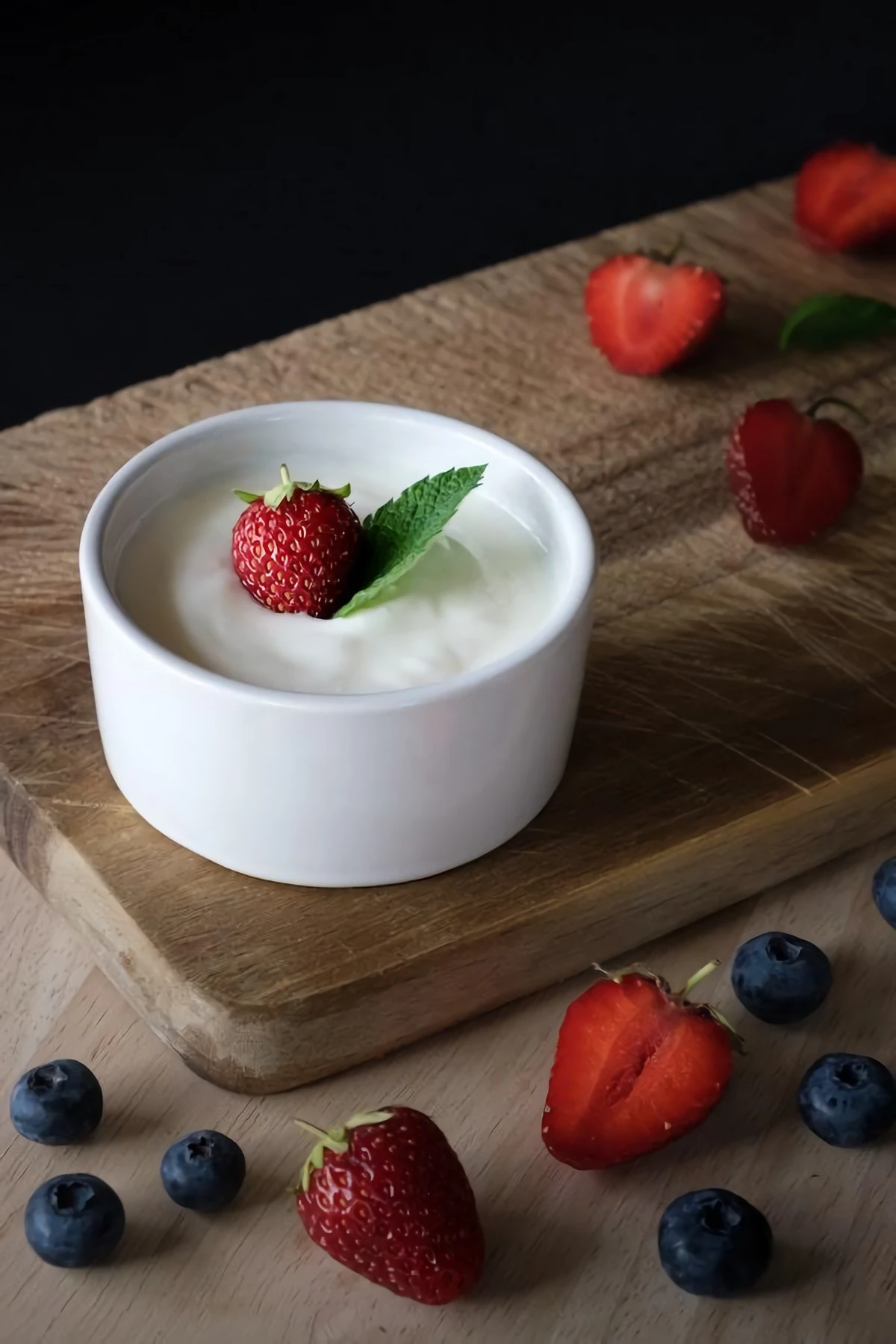
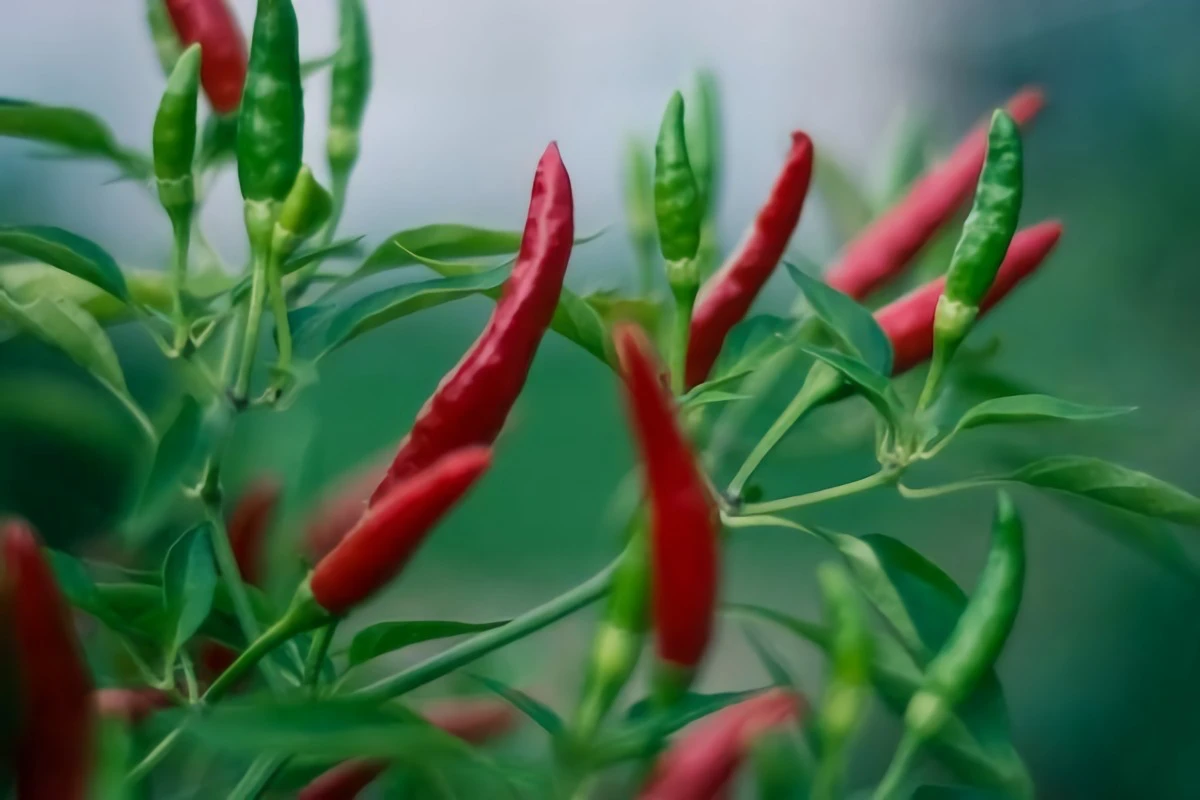
Once the initial sting has been cooled, your food choices for the next 24-48 hours are crucial. The goal is to avoid any further irritation. Think ‘soft, smooth, and cool’ to give those delicate papillae a break.
- What to embrace: Cold or room-temperature foods like Greek yogurt, smoothies (skip acidic fruits like orange or pineapple), applesauce, pudding, or even a simple scoop of ice cream.
- What to avoid: Steer clear of anything spicy, acidic (tomatoes, citrus), salty (chips, pretzels), or with a rough, crunchy texture that can physically scrape the sensitive area.

The human tongue has between 2,000 and 4,000 taste buds, and each one is replaced on average every 10 to 14 days.
This incredible rate of cell turnover is your best ally. A minor burn might knock out a few taste buds temporarily, which is why food can taste bland or metallic. But rest assured, your body is already hard at work building replacements. Soothing the area simply supports this natural, highly efficient healing cycle.
Natural Soothing: A dab of Manuka honey (UMF 10+ is best) can be surprisingly effective. Its natural anti-inflammatory and antibacterial properties create a protective barrier over the burn, promoting a clean healing environment.
Pharmaceutical Relief: For sharp, distracting pain, an over-the-counter oral anesthetic gel containing benzocaine, such as Orajel, offers a targeted solution. It provides immediate numbing, which can be a lifesaver right before a meal.
The choice depends on your pain level: honey offers gentle, sustained support, while a gel provides a powerful, temporary fix.










